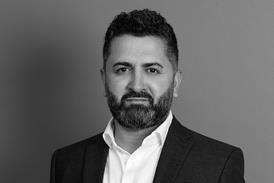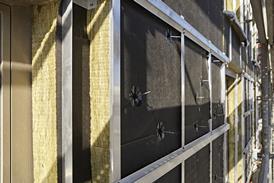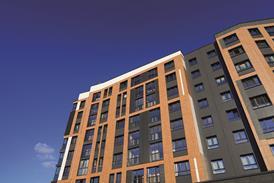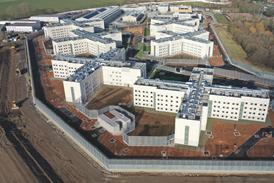- News

All the latest updates on building safety reformRegulations latest
- Focus
- Home
- News
- Focus
- Comment
- Events
- CPD
- Building the Future
- Jobs
- Data
- Subscribe
- Building Boardroom
‘Communicating the value of architecture’: why Muyiwa Oki wants to shift the debate on reuse
By Ben Flatman2023-09-19T12:02:00

In part two of our our interview, RIBA president Muyiwa Oki explains why he wants to refocus architectural education on to a reuse agenda.
What is the purpose of architecture and what is the architect’s role in society? These are fundamental questions that each generation has to ask afresh.
RIBA president Muyiwa Oki was elected on a platform calling for a radical rethink of how we design and build. He wants the profession to help find solutions to the climate emergency, and to put a greater emphasis on how it serves ordinary communities across the UK.
“What I would like to see is every architect seeing themselves as an advocate for change,” says Oki. And he believes that a key focus for this new agenda must be the creative reuse of existing buildings.
…
Already registered? Login here
To continue enjoying Building.co.uk, sign up for free guest access
Existing subscriber? LOGIN
Stay at the forefront of thought leadership with news and analysis from award-winning journalists. Enjoy company features, CEO interviews, architectural reviews, technical project know-how and the latest innovations.
- Limited access to building.co.uk
- Breaking industry news as it happens
- Breaking, daily and weekly e-newsletters
Get your free guest access SIGN UP TODAY

Subscribe now for unlimited access
Subscribe to Building today and you will benefit from:
- Unlimited access to all stories including expert analysis and comment from industry leaders
- Our league tables, cost models and economics data
- Our online archive of over 10,000 articles
- Building magazine digital editions
- Building magazine print editions
- Printed/digital supplements
Subscribe now for unlimited access.
View our subscription options and join our community

















